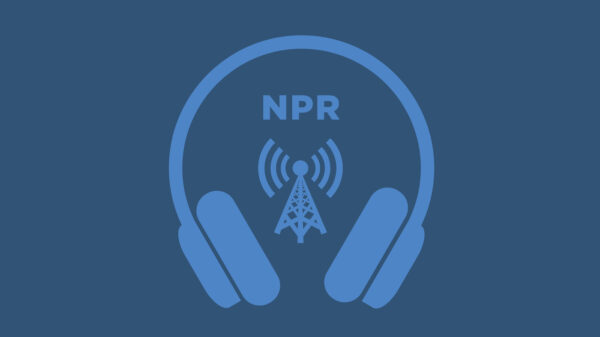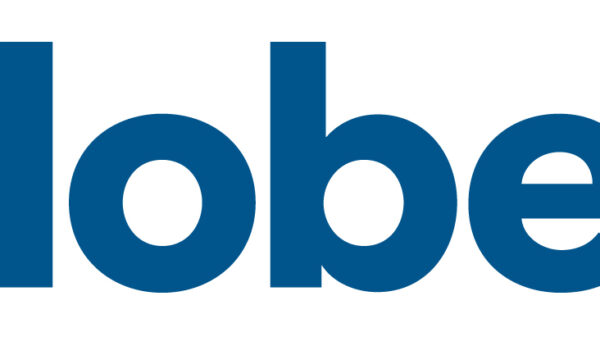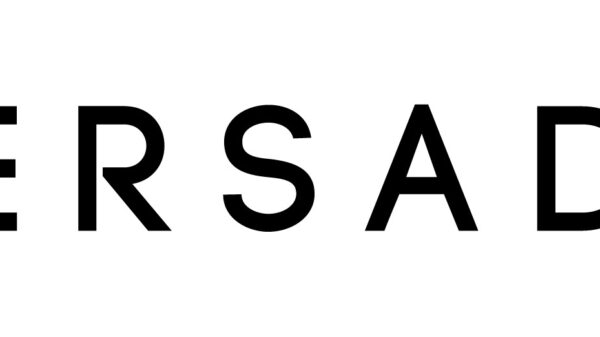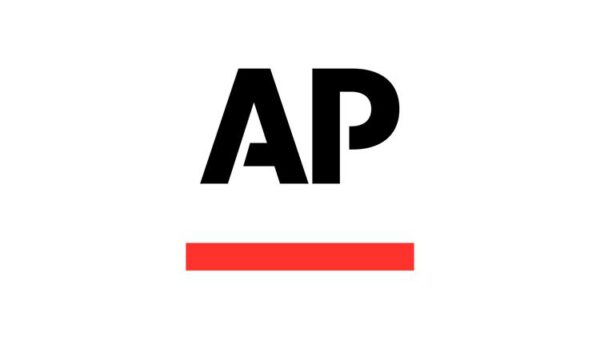As open enrollment approaches, individuals should brace themselves for increased health care costs in 2024. According to a comprehensive survey conducted by Mercer, employers are anticipating an average rise in health coverage costs of nearly 9%, marking the steepest hike in over a decade. Some employers project even larger increases, potentially reaching double digits, despite efforts to manage expenses.
Several factors contribute to this surge in health costs. Rising labor expenses for health care professionals, increased fees from medical providers, and a growing demand for both care and expensive new medications, such as those for weight loss, are driving this trend. Workers can expect to shoulder part of the financial burden through higher premiums and out-of-pocket expenses.
The impact of these rising costs will vary significantly based on employer size. Cynthia Cox, a health insurance expert at KFF, noted, “It’s not clear how much of that cost they will pass along to employees, rather than eat it.” Larger organizations may have more capacity to absorb some of the increases, while smaller firms could face limitations.
Evaluating Health Plans During Open Enrollment
With the potential for increased costs, it is crucial for employees to carefully compare the health plans offered during the open enrollment period, which typically occurs for several weeks in the fall. Louise Norris, a health policy analyst at Healthinsurance.org, emphasizes the importance of evaluating coverage options. “Inertia is a powerful force,” she said, adding that individuals should not assume their coverage will remain unchanged.
When selecting a plan, individuals should verify that their preferred doctors and pharmacies are still included and that necessary medications remain on the plan’s formulary. Insurers may present options with lower monthly premiums, but these often come with higher deductibles and copayments, which can lead to more significant expenses when care is needed.
For example, high-deductible plans may feature employer contributions to a Health Savings Account (HSA), typically around $1,000, allowing employees to manage out-of-pocket costs more effectively. If funds are not needed immediately, individuals can invest the money and retain the HSA if they change jobs. However, those considering high-deductible plans should carefully assess their family’s health needs.
The minimum annual deductible for family coverage in an HSA-eligible plan is set to be $3,400 in 2026. This means individuals will be responsible for covering all costs, except for preventive services, until they reach this deductible. “It can backfire,” cautioned Cox. “If you pick a high-deductible plan, make sure you have enough savings in the bank.”
Norris recommends calculating potential costs in a worst-case scenario, which includes meeting not just the deductible but also the plan’s maximum out-of-pocket expenses. Serious health issues, such as lengthy hospital stays or cancer diagnoses, can lead to exorbitant bills. Most health plans cover only around 80% of costs after the deductible is met, with full coverage kicking in only after reaching the maximum limit.
As health care costs continue to rise, individuals need to be proactive in evaluating their options during open enrollment. Understanding the implications of different plans can make a significant difference in managing future health care expenses.








































































